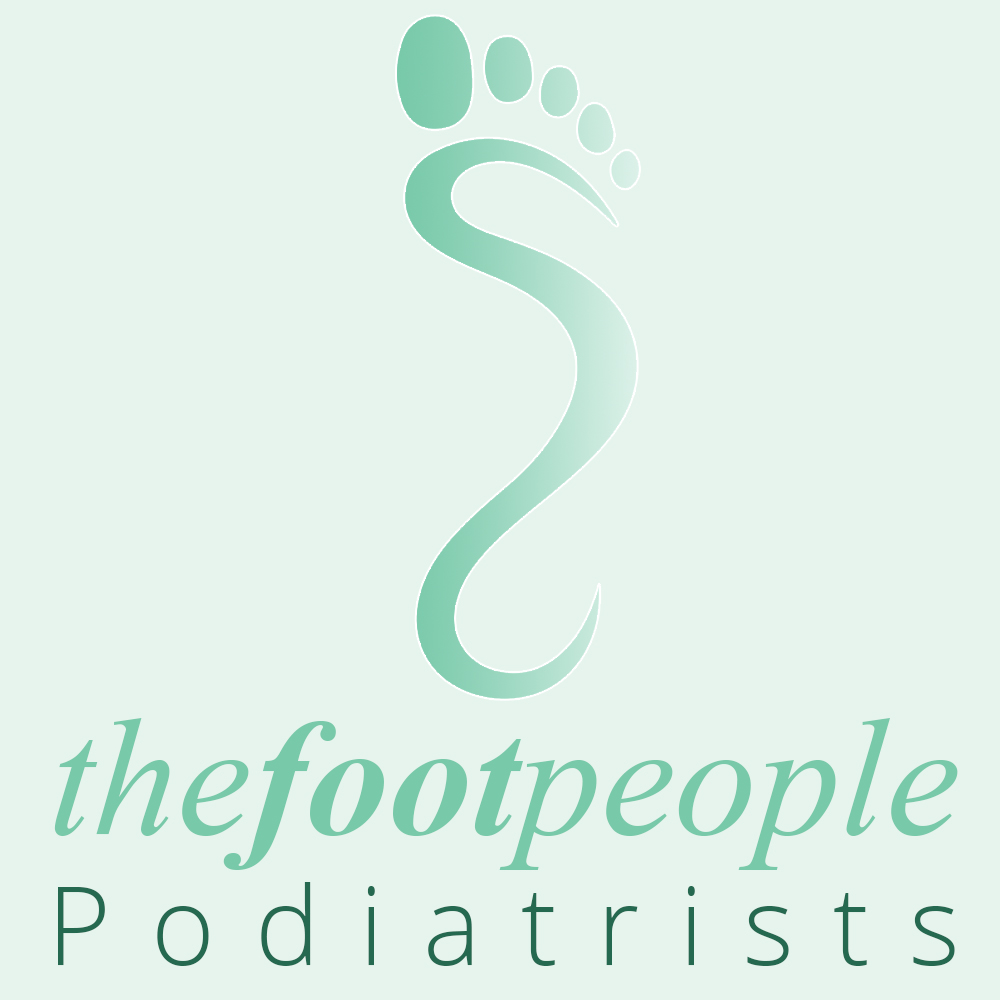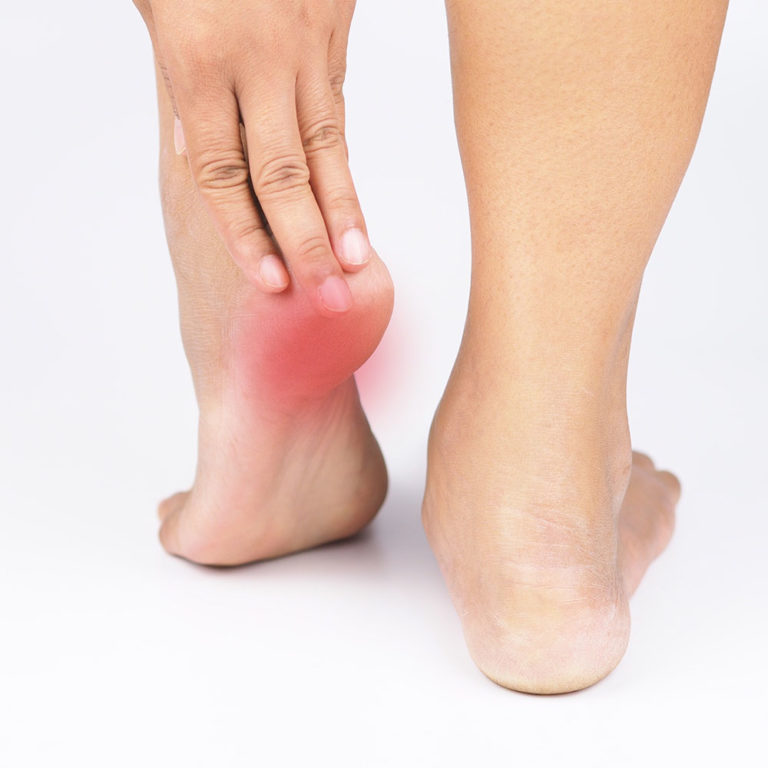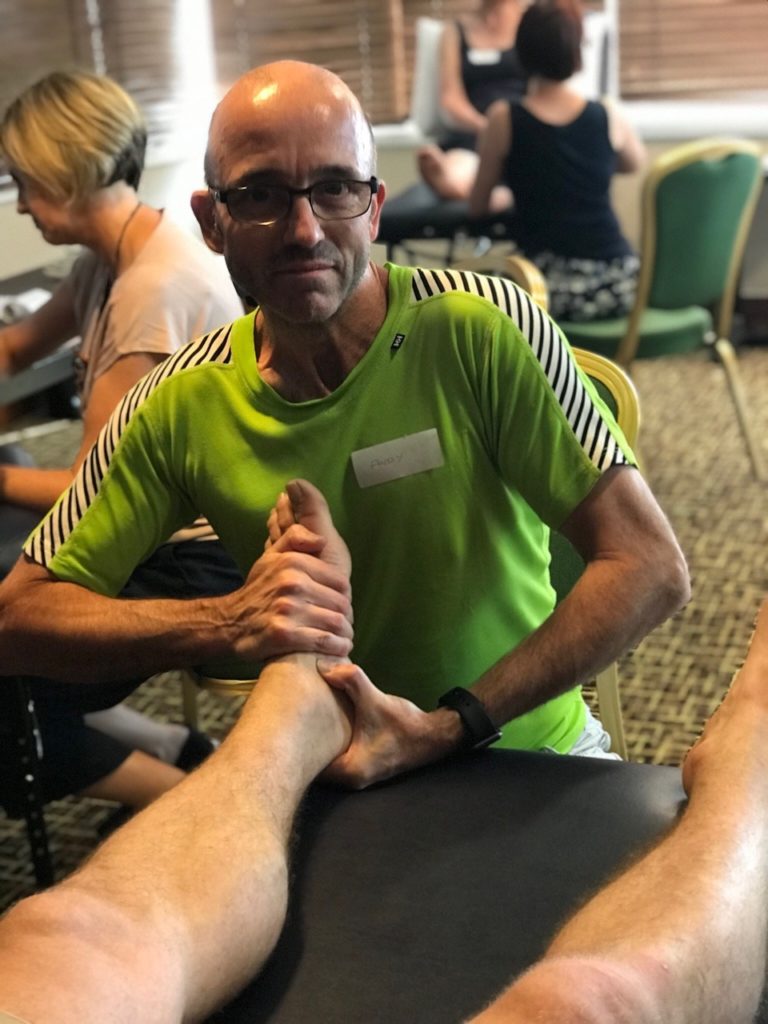
Calf Strain in Runners
Calf muscle strains are a common injury within the running community and can lead to a reduction or a complete stoppage to running. The injuries are usually brought about by either;
an acute onset during activity involving jumping or accelerating whilst running,
or carrying out faster interval training or during a race.
Some runners cannot recall the moment of the injury but rather a gradual “tightening” feeling in the calf that increases to the point of pain that may stop running and even walking.
Calf Muscle Anatomy
The calf muscle is made up of 7 different muscles all of which are responsible to some degree or less for the plantar flexing of the ankle (movement of the foot when it is bent away from the body).
Superficial group of calf muscles
Gastrocnemius
Soleus
Plantaris (provides a weak contribution to knee flexion and ankle plantar flexion).
Deep group of calf muscles
Tibialis posterior
Flexor digitorum longus
Flexor hallucis
Popliteus muscle
The Gastrocnemius is also responsible for flexing (bending) of the knee as it and the Plantaris muscle are the only muscles that cross above the knee.
Calf muscle strain occurs at either of the 2 main muscles within this group, the soleus or the Gastrocnemius.
Assessment of Calf Injuries
A correct diagnosis of the injured muscle is carried out by taking a detailed history of the events that lead up to the injury and a physical examination to help determine the precise location of the injury. All of the evidence will then be used to put together an individual rehabilitation programme.
Rehabilitation of Calf Strains
The calf muscles are responsible for over 50% of the propulsion in the entire leg during running and 75% whilst walking therefore the rehabilitation of a calf strain cannot be rushed as the body needs time to repair.
The initial stage of rehabilitation is settling the symptoms down this can be done by resting or taping to reduce the load on the area. Medication may also be used where appropriate.
After this the load needs to be progressively increased to improve the muscular capacity of the calf. This is done by specific exercises that target the tissues of the calf. These exercises increase steadily in difficulty and complexity to ensure the muscle is ready for your return to activity. (1)
When can I run again?
The greater the degree of muscle strain the greater the time to rehabilitate fully and return to normal training loads.
All calf strain recoveries are individualised due to many factors such as age, injury history, the muscle involved, etc with recovery times varying from runner to runner and may include walk-running to start with.
In 2014 the British Athletics Muscle Injury Classification was proposed as a new evidence based grading system for these types of injuries and is based on findings using MRI scans. (2)
Grade 0 Muscle soreness or DOMS (Delayed Onset Muscle Soreness)
Grade 1 Mild injury to myofascial (peripheral muscle fibres)
Grade 2 Moderate injury to muscle or myotendinous junction (muscle into tendon)
Grade 3 Extensive injury to tendon
Grade 4 Complete tear
Based on the above findings the following serve as an approximate guide:
Grade 1 1-2 weeks to return to some running
Grade 2 2weeks+ to return to some running
Grade 3 3-6 weeks to return to some running
Grade 4 3months+ to return to some running
References
- Beer, B (2020) POGO Physio blog.
- Pollock N, James SLJ, Lee JC, et al British athletics muscle injury classification: a new grading system British Journal of Sports Medicine 2014;48:1347-1351.




